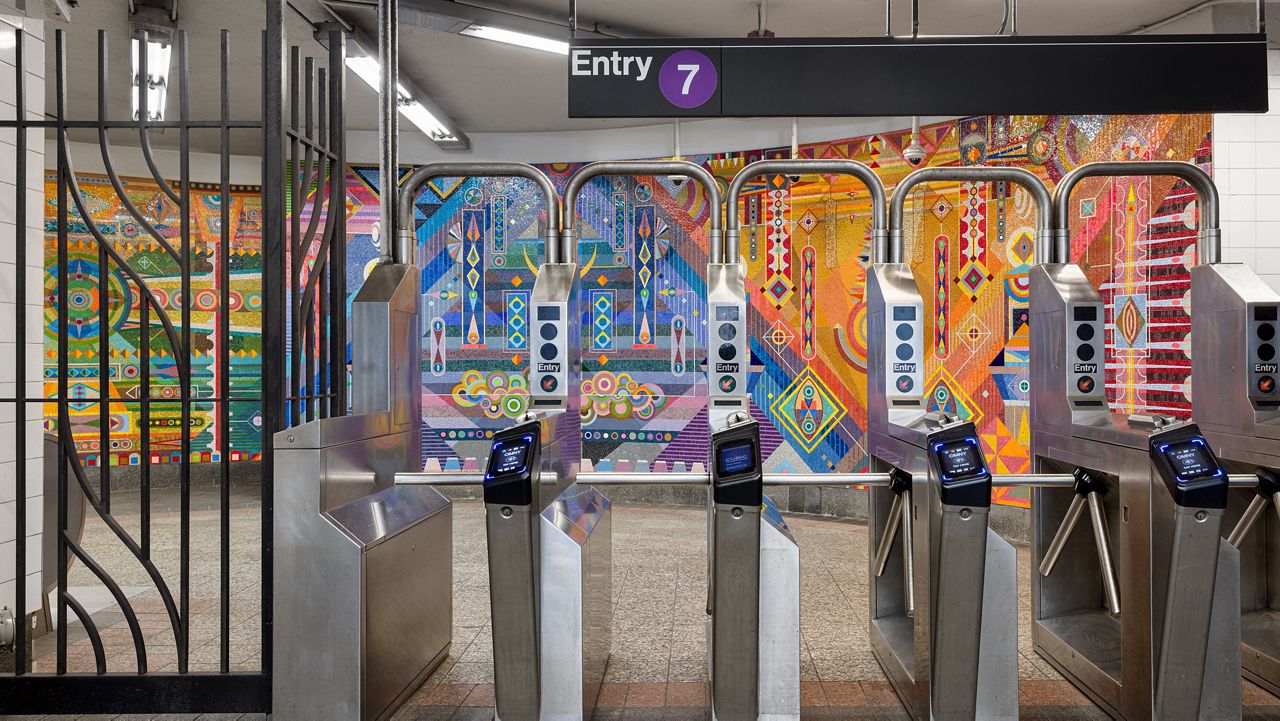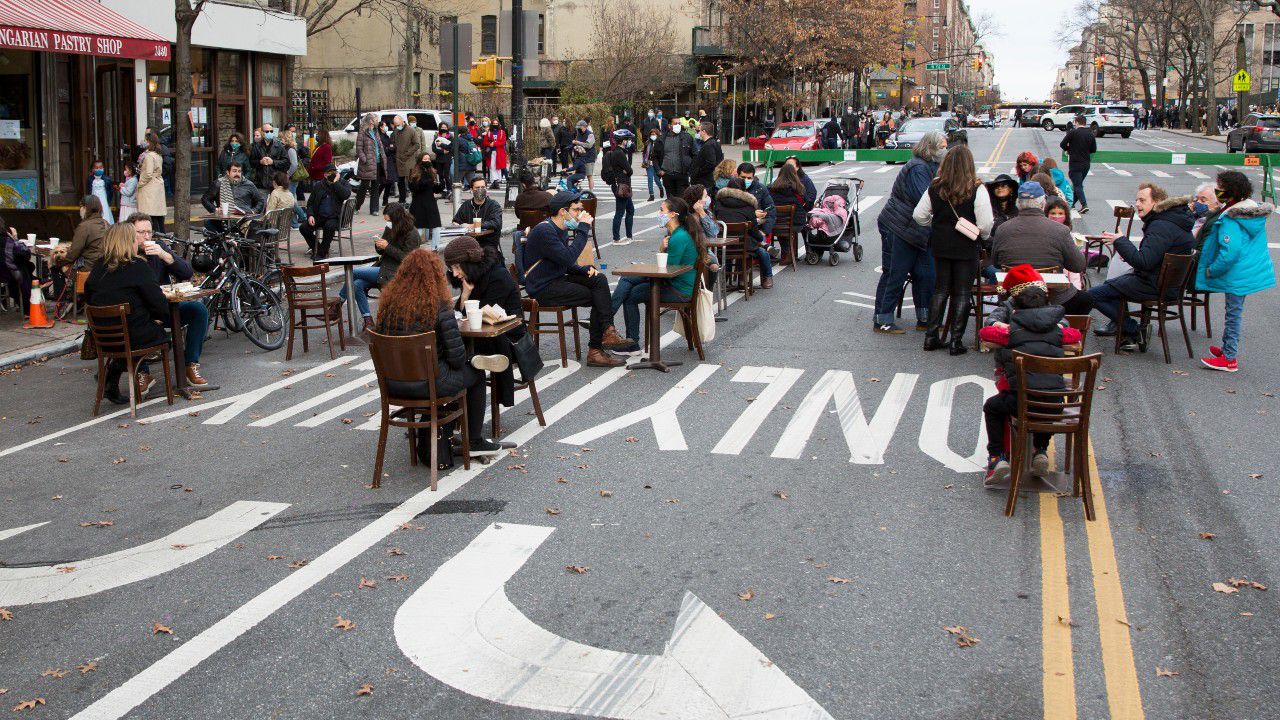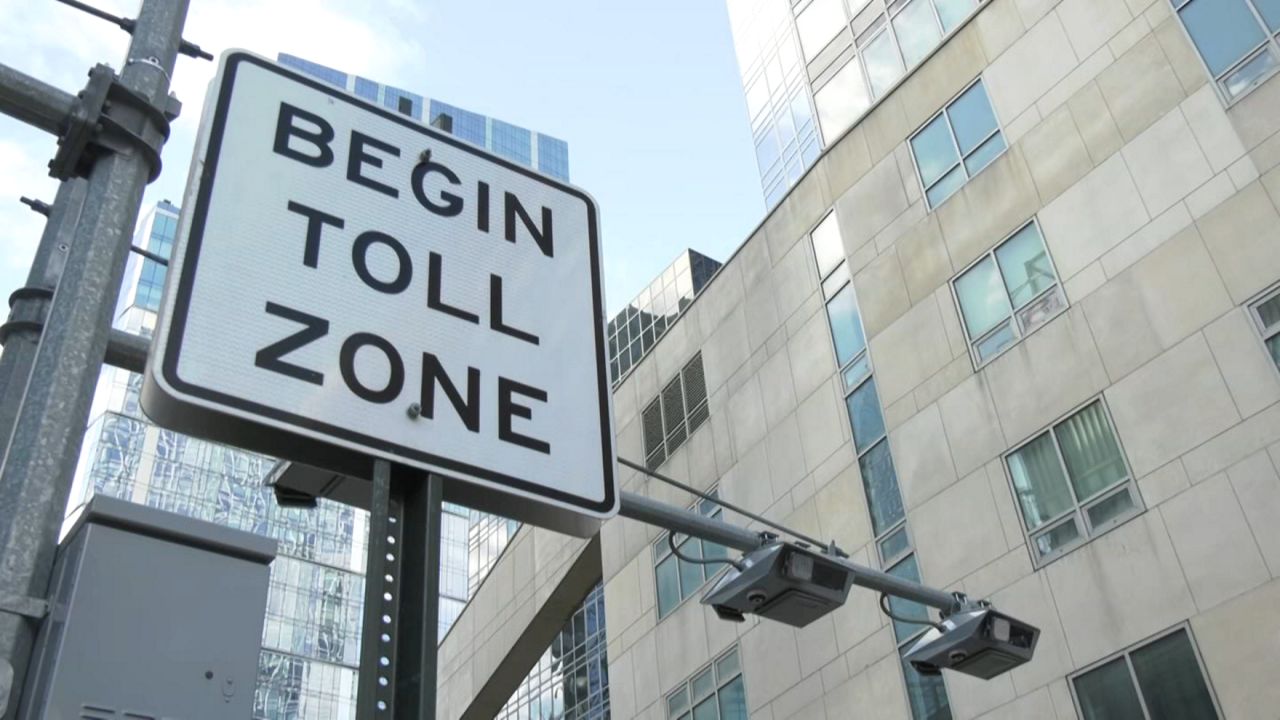A battery powered device designed to light subway tunnel could have a second purpose — powering the wireless signal system that one day may be used throughout the subway.
"Instead of having to put this on the wall, provide its own power source, we can actually just use our light fixture here, plug it in and it's plug-and-play," said Daniel Lax, the founder and CEO of Clear-Vu Lighting. "This can go in in a matter of minutes instead of a matter of months."
Lax was one of dozens of contractors at an MTA conference called to collect ideas for slashing the time and cost of modernizing the antiquated signal system in the subway.
"We are looking for cutting-edge technologies, technologies that may have not been designed for this purpose, but can be applied to this purpose," said Mark Dowd, the chief innovation officer at the MTA.
Subway signals are essential to keep trains from running into each other.
The signals along most subway lines are based on 100-year-old technology. Modernizing them would allow trains to run closer together, increasing capacity and reducing overcrowding and delays.
The MTA has installed automated, computerized signals linked by fiber optic cables on the L and 7 lines, and is experimenting with wireless technology that could allow modernizing the signals along other lines faster and at far less cost.
Contractors attending the conference say they want a piece of the MTA's multibillion signaling budget.
"Me, as an owner, I have to now upgrade my skill sets for my company so we can be able to take on some of the signaling work coming out," said Paul Vieira, the founder IDL Electric.
Governor Cuomo, who has ultimate control over the MTA, has been pushing for the cutting edge technology.
The MTA says the search for something better and cheaper will not disrupt plans to continue installing the fiber optic signal upgrades. Plans call for upgrading the signals on six more lines in five years.
"We're not going to slow down the resignaling,” said Janno Lieber, the construction chief of the MTA. “What we're doing is taking the modern signaling technologies that are available right today and we're looking for opportunities to combine them with some of these innovations.
The MTA will pick companies with the most promising technology to demonstrate their products at a conference later in March.









